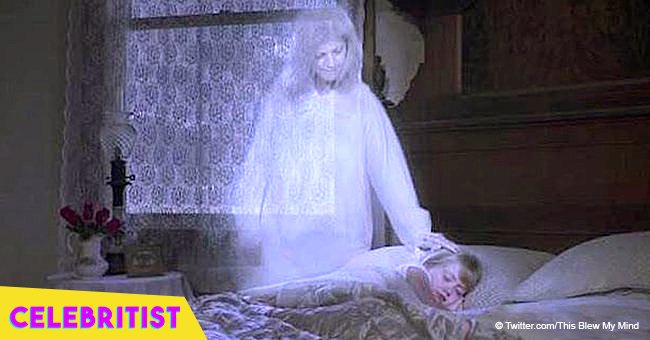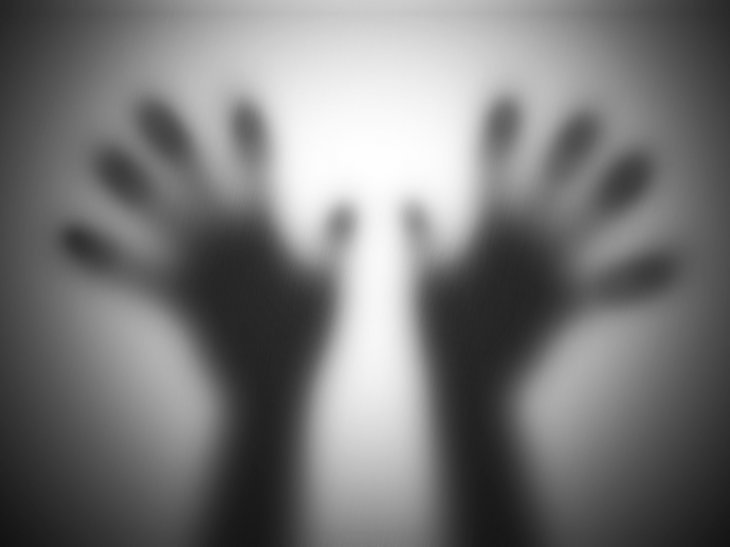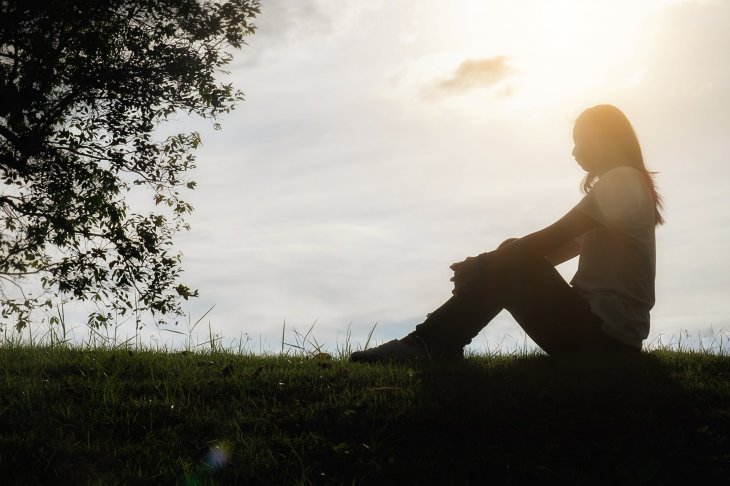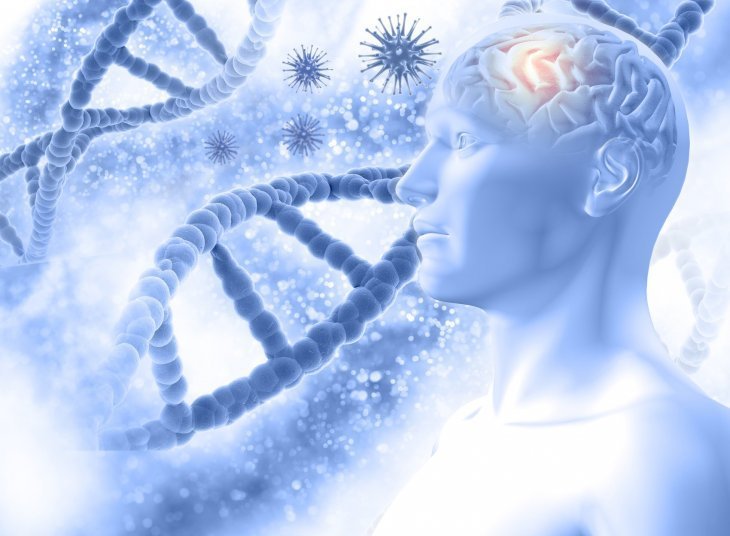
Here's what it means if a deceased loved one 'visits' you in your dream
The amount of people that have reported to have dreamt with a deceased loved one is astounding. But what do these dreams mean? And is that the only way in which people who passed away can communicate with us?

Credit: Freepik
A dream in which a person can see a deceased loved one is called a “visitation dream.” These kinds of dreams are constantly described as being “more intense,” “vivid” and “kinesthetic” than other ordinary dreams.
Those who have experienced a visitation dream will agree with the statement that it feels authentic. And is precisely that sensation what leads people to seek answers about the reason why their loved one would be appearing in front of them while sleeping.
Lauri Moore, a Psychic Medium, explained on her YouTube channel that usually the loved one wants to deliver a message.
The spectrum of messages is broad. It could be that they made it safely to the other side, that they’re okay and that the dreamer will be okay too, or to share a pearl of wisdom, a warning, a reminder or a life lesson.
In these dreams, the deceased usually appear looking radiant, younger and healthier than when they passed. Light could also surround them, and they communicate without words. Even though the dreamer might be speaking on their dream, is not typical for the loved one to talk back, but they can still convey their message.
The most common thing is for dreamers to wake up with strong emotions. Usually, positives ones like relief, joy, love and even the drive to finally put closure to their grieving.
Do not fear

Credit: Freepik
However, in other instances, the loved one can appear looking “off” or in a way that’s different from their usual selves. This could mean they’re trying to give you a warning, and they could directly pass the message or stand there without conveying nothing.
Those dreams can make the dreamer woke up with a sense of dread and sadness, and sometimes causes people to reflect on their current situations, the people around them or even their spiritual experience.
Carl Jung, the founder of analytical psychology and dream analysis, wrote once about his experience with a visitation dream and the effect it had on his life:
“Six weeks after his death my father appeared to me in a dream. Suddenly he stood before me and said that he was coming back from his holiday. He had made a good recovery and was now coming home. I thought he would be annoyed with me for having moved into his room. But not a bit of it!... It was an unforgettable experience, and it forced me for the first time to think about life after death.”
Communication can be done by other means

Credit: Freepik
“Our dreams have to do with how we internalize the people we love,” said Pamela McCarthy, director of counseling services at Smith College a few years ago while talking to the New York Times. And added:
“You learn to look within for the loved one and the particular function that person played in your life, such as caretaking or guidance in the case of a parent. This becomes part of a function that you can provide for yourself.”
However, according to Amanda Linette, a medium, dreams are not the only way deceased loved ones have to communicate from the other side. In her blog, she mentions at least another ten experiences a grieving person can go through that translate in the presence of their loved one after they passed.
Moving objects, feeling the presence of someone sitting in your bed, smelling their fragrance, hearing their voice, sensing their touch, unexpected electrical activity, phone calls with static on the other side, constant coincidences, objects, or symbols and full apparitions are some of the signs she mentions to recognize the presence of a loved one after their death.
The scientific approach
While most people and physics choose to believe these dreams have a spiritual origin, science tends to differ.
According to Deirdre Barrett, assistant professor of psychology at the Harvard Medical School and Past President of both the International Association for the Study of Dreams and the American Psychological Association's, the dreams with a deceased individual are closely tied to the state of grief of the one left behind.

Credit: Freepik
Barret realized that in the 39% of the “visitation dreams” that her subjects experienced, they were frightened or surprised by the appearance of a deceased loved one. The professor linked these early dreams to the initial confusion and denial that take place during the first days of grief.
Another scientific explanation for these dreams, according to John Antrobus, a retired professor of psychology and sleep research at the City College, is that they take place during rapid eye movement or REM.

Credit: Freepik
During REM, the brain works similarly to when it’s on a waking state. The amygdala, the at the base of the skull responsible for emotions, and the hippocampus, which enables memory, are active. Dr. Antrobus explained that:
“You have an image of a lost loved one, and along come all kinds of emotions you’ve tied up with them. Their image comes up, and all parts of the brain associated with the loss get activated, as well as in REM sleep because they’re part of our survival system.”
For Antrobus, those are the dreams people find more “vivid,” but since there are still many studies on the science of dreams, he considers there’s still a lot more to delve in when it comes to the so-called visitation dreams.
